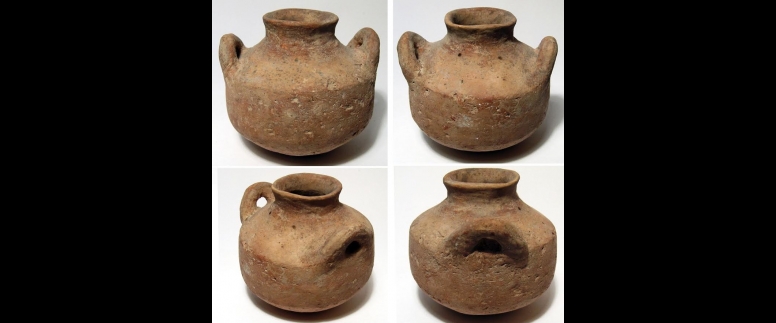
A beer recipe from the Neolithic Age, roughly 5,000 years ago, has been uncovered in China — and researchers call the finding "surprising" because it means the ancients there were importing a critical ingredient from thousands of miles away. It speaks to sophistication both in creating a brewing process and in enacting viable trade for commodities from distant lands.
A team of archaeologists from Stanford University, Brigham Young University and two Chinese institutions discovered a cache of ancient brewing equipment — including jugs, pots and funnels — containing remnants of mashed grains and other starches.
The research site called Mijiaya, was excavated from 2004 until 2006. Professor Li Liu, co-author of the study, realized that some of the assemblages of pottery, which were similar to brewing equipment used during the period of 3400-2900 BC (yes, well over a thousand years later ) might have been used to make alcohol. It had been suggested that ancient Chinese funnels were used for making alcohol for years, but this is the first direct evidence ever found of local beer brewing in the area.
The "recipe" they compiled came from the analysis of those grain residues on the interiors of the vessels. Scholars say the evidence points to a culture that understood advanced brewing techniques that are very similar to modern methods. In the study, published in published in the Proceedings of the National Academy of Sciences, the researchers extracted and analyzed residues from the artifacts. Yellowish remnants found in the pottery and funnels, as well as the presence of stoves in the pits which could have been used in the brewing process, provided the first direct evidence of on-site beer brewing. They also found traces of oxalate, a byproduct of beer brewing that develops during the steeping, mashing, and fermentation process.
"All indications are that ancient peoples, including those at Mijiaya, applied the same principles and techniques as brewers do today," said Patrick McGovern, an archaeologist at the University of Pennsylvania, who was not involved with the research.
"To our knowledge, our data provide the earliest direct evidence of in situ beer production in China, showing that an advanced beer brewing technique was established around 5,000 (years) ago," the researchers wrote in a study published in the Proceedings of the National Academy of Sciences.

One of the most surprising aspects of the find lies in one the ingredients involved: barley. Barley was not grown for food in China at the time — it was first cultivated in western Eurasia, and it would not become an important crop in China until the Han Dynasty era, 3,000 years later.
The researchers think barley was brought into the area specifically for beer-making. The farmers in the region probably either traded their own crops for the grain, or grew small patches of it in their fields.
The beer may have been an "exotic" beverage to the locals, and its possession may have been something of a status symbol. All this suggests that the development of farming in the region led the locals around the Yellow River to develop a complex culture and social hierarchy.
"Like other alcoholic beverages, beer is one of the most widely used and versatile drugs in the world and it has been used for negotiating different kinds of social relationships," the authors of the research wrote. So, the good news is that science views beer brewing is seen as the core of developing culture and society. The bad news is that science lists it as a drug.
Next we’ll find some craft brewer stoking up the fires to re-make “Old China Five Thousand.”




